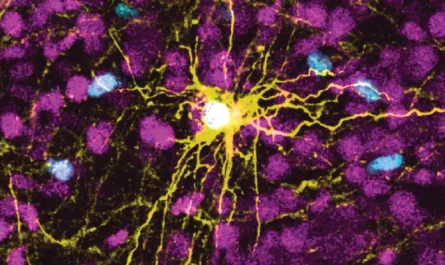A recent study conducted by researchers from the Boston University Chobanian & Avedisian School of Medicine has revealed that discussions about breast density with clinicians differ significantly depending on the race, ethnicity, and literacy level of women.
Breast density notifications (BDN) are aimed at increasing awareness of breast density and its associated risks, while also informing women’s decisions regarding future breast screening. These notifications generally advise women to discuss breast density with their healthcare providers. However, previous research has shown that less than half of women in the general population engage in these discussions, and little is known about the content of the conversations that do occur.
To further explore this issue, researchers conducted a bilingual telephone survey (available in English and Spanish) using both landlines and cell phone numbers. The survey targeted a representative sample of women aged 40 to 76 who met the following criteria: they had undergone a mammographic screening within the past two years, had no personal history of breast cancer, and were familiar with the term “dense breasts” or breast density. The study aimed to assess the reported experiences of these women in conversations with their clinicians about breast density.
The results showed significant variations in women’s reports of these conversations based on their race and ethnicity. Non-Hispanic Black women were more likely than non-Hispanic white women to report being asked questions about breast cancer risk, while Hispanic and Asian women were less likely to report having their worries or concerns addressed or their questions about breast density answered completely. Additionally, women with low literacy levels reported less frequent discussions about their worries or concerns, less frequent discussions about mammogram results, and felt that their questions were not completely or mostly answered.
The findings highlight a discrepancy between the information patients require and the content provided by clinicians. One possibility is that clinicians might limit the information they provide to patients with low literacy due to assumptions about their ability to understand screening information and its consequences. Previous research has shown that some clinicians struggle to provide readily understandable information to patients with low literacy. Regardless, the study suggests that women with low literacy levels seek more or different information to meet their needs.
Corresponding author Nancy Kressin, Ph.D., a professor of medicine, stated that understanding women’s experiences in these conversations can help identify strengths and address potential deficiencies. This includes ensuring that physicians provide relevant information about breast cancer risk, screening options, and address patients’ questions and concerns, which are crucial components of shared decision making.
In conclusion, the study highlights the need for improved communication and understanding between healthcare providers and patients, particularly emphasizing the importance of tailoring information to the specific needs and literacy levels of the individual. By addressing these disparities, healthcare providers can ensure that all women receive the comprehensive information they require to make informed decisions about their breast health.
Note:
1. Source: Coherent Market Insights, Public sources, Desk research
2. We have leveraged AI tools to mine information and compile it




